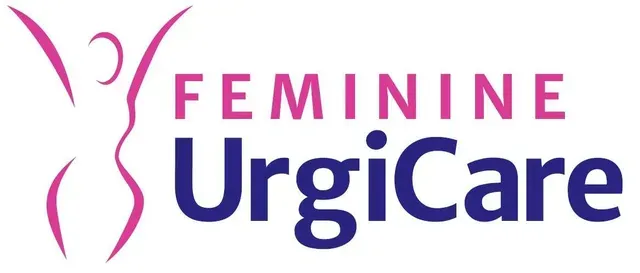The Impact of User-Generated Content on Crossy Road’s Success
Crossy Road, a popular mobile game developed by Hipster Whale, has taken the world by storm with its simple yet addictive gameplay and colorful graphics. Released in 2014, the game has become one of the highest-grossing mobile games of all time, with over $10 million in revenue generated within just two years of its release. But what crossyroadgamble.com sets Crossy Road apart from other successful games? One key factor is the impact of user-generated content on its success.
What is User-Generated Content (UGC)?
User-generated content refers to any form of media or material that has been created by end-users, as opposed to being produced professionally. In the context of Crossy Road, UGC includes in-game designs, levels, and characters created by players using various tools and platforms provided by the game developers.
The Role of UGC in Crossy Road’s Success
Crossy Road’s success can be attributed to its clever design and engaging gameplay, but user-generated content has played a significant role in keeping players engaged and coming back for more. Here are some ways UGC has contributed to the game’s success:
- Increased replay value : With millions of possible combinations of levels and characters, Crossy Road offers virtually endless gameplay possibilities. Players can create new levels and share them with friends or the global community, adding a social dimension to the game that encourages continued play.
- Community building : User-generated content has created a sense of community among players. They can share their creations and compete with others to achieve high scores or complete challenging levels. This shared experience fosters a sense of belonging and camaraderie among players, driving engagement and encouraging word-of-mouth marketing.
- Monetization opportunities : By providing tools for players to create and share custom content, Crossy Road’s developers have opened up new revenue streams. Players can purchase in-game items or access special features that allow them to create and share more complex levels.
The Tools Behind UGC Success
Crossy Road’s ability to leverage user-generated content is largely due to the game’s clever design and the tools provided by its developers. Here are some key elements that have contributed to the game’s success:
- Level editor : The level editor allows players to create and share their own levels, complete with custom obstacles, themes, and characters.
- Character creator : Players can create their own custom characters using various body parts and accessories, adding a fun and creative element to the gameplay experience.
- In-game marketplaces : Crossy Road features in-game marketplaces where players can purchase items, such as new levels or characters, created by other players.
Challenges and Opportunities
While user-generated content has been instrumental in Crossy Road’s success, there are also challenges associated with it. Here are some of the key issues that developers must consider:
- Quality control : With millions of possible combinations of levels and characters, ensuring quality and consistency can be a challenge.
- Moderation : Developers must balance the need to allow creative freedom with the requirement to maintain a safe and family-friendly environment.
- Monetization strategies : As user-generated content becomes more prevalent, developers must adapt their monetization strategies to ensure that they are fair and transparent.
Conclusion
The impact of user-generated content on Crossy Road’s success cannot be overstated. By providing tools for players to create and share custom levels and characters, the game has tapped into a powerful source of creativity and engagement. As the gaming industry continues to evolve, it will be interesting to see how other developers leverage user-generated content to drive innovation and growth.
